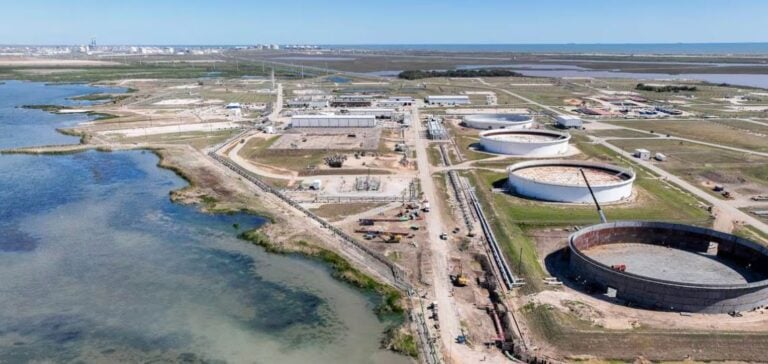The DOE (Department of Energy) has announced the start of the liquidation process for the Northeast Regional Fuel Reserve, following a directive from Congress. Created in 2014 after the devastation caused by Superstorm Sandy, this 1 million-barrel reserve has never been used. According to the DOE, this decision is strategic in influencing gasoline prices during the summer travel season. Energy Secretary Jennifer Granholm stressed the importance of this measure to ensure an adequate supply of fuel between Memorial Day and July 4.
Limited fuel supply
The reserve contains 900,000 barrels of RBOB at Port Reading, New Jersey, and around 100,000 barrels of CBOB at South Portland, Maine. The DOE plans to sell these stocks by the end of June to maximize their impact on the market. However, some analysts, such as Tim Evans, estimate that the addition of these barrels could increase commercial inventories by 8%, reducing the average deficit over five years. Yet this is a relatively modest quantity that could easily be absorbed by the market.
Market reactions and retailers’ concerns
Despite this announcement, gasoline prices in New York did not fluctuate much, testifying to the current stability of demand and prices. New Jersey fuel retailers have expressed concern, arguing that closing the reserve compromises the state’s energy and economic security. Eric Blomgren, chief administrator of the New Jersey Gasoline, C-Store, Automotive Association, pointed out that the reserve, although never used, offered security in the event of a future disaster.
The stakes of closure
The GAO (Government Accountability Office) had already indicated in 2022 that the reserve was costly and insufficient for regional needs. With a storage capacity of 83.2 million barrels, the reserve could only satisfy less than two days’ consumption in the Northeast. Maintenance costs, compared with those of the Strategic Petroleum Reserve, were deemed disproportionate.
Future prospects
As summer approaches, demand for fuel is likely to increase, especially with travel forecasts for Memorial Day. AAA forecasts that 38.4 million people will travel by car, up 4% on last year. The DOE hopes that the strategic sale of stocks will help stabilize prices during this critical period.
The closure of the Northeast fuel reserve, although contested, is intended to have a positive impact on gasoline prices in the short term. However, concerns about long-term energy security persist, especially in the face of future climate risks.






















